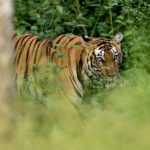Top 10 Bird Sanctuaries of Kerala
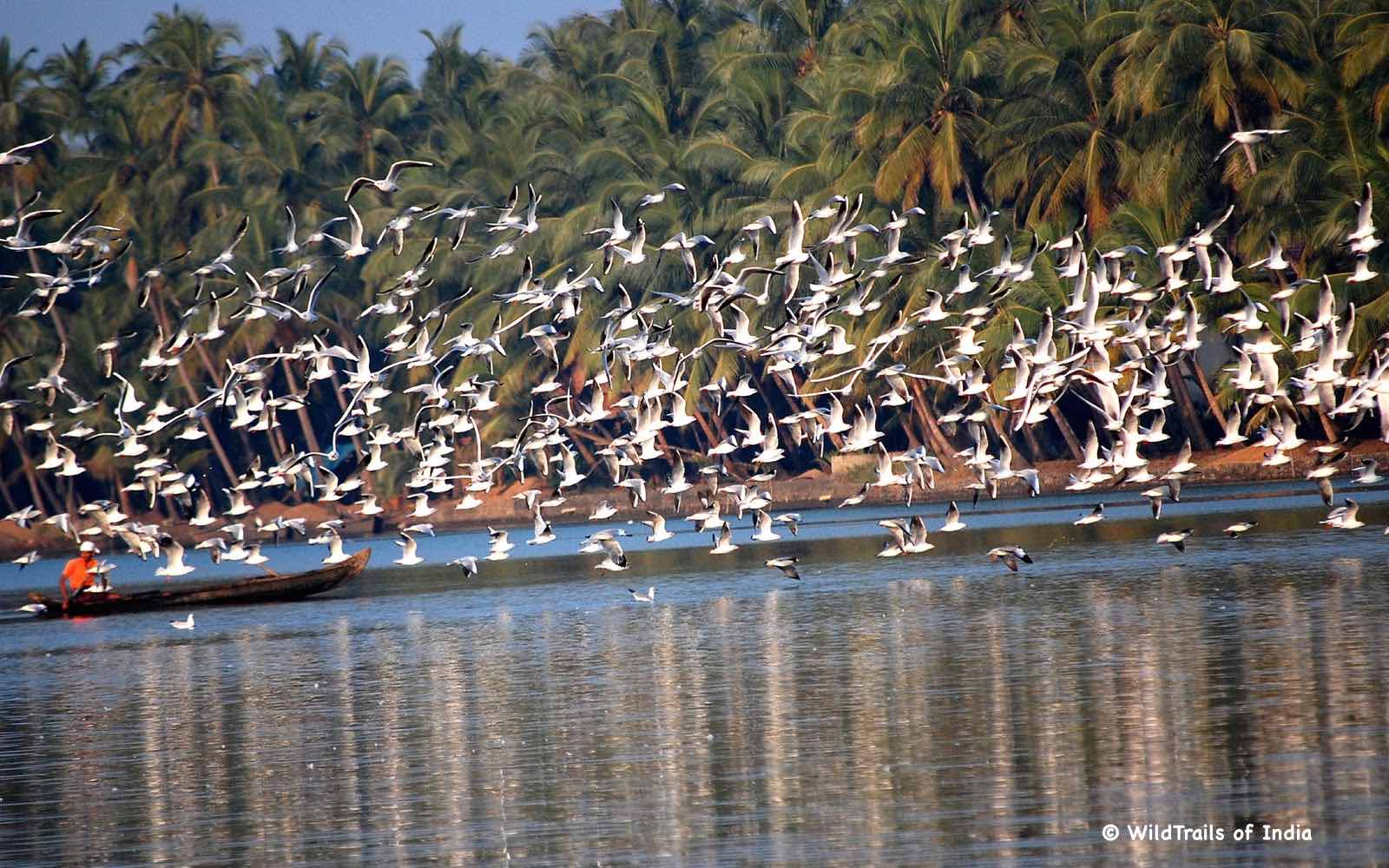
In this article I will cover some of the top bird sanctuaries of Kerala, India including those forests where abundant bird sighting happens . I will also cover the highlights of the place, best season & time to visit, how to get there, boating/ trekking details, list of birds you can expect to see there , entry/camera fees, of course all of the accommodations nearby and lot more. (These highlights are covered in our App – WildTrails of India – iOS is available, android is on the way).
In the ensuing articles, I will be covering the other Southern sates of Tamil Nadu, Andhra Pradesh, Telangana & Goa before I move onto Central, West, East, North and North Eastern Parts of India. Karnataka is already covered.
[In the mean time, if I have overlooked any other bird sanctuary of Kerala, India, please do drop me an email to info@wildtrails.in – Thanks!!]
Kumarakom Bird Sanctuary (Vembanad Bird Sanctuary)
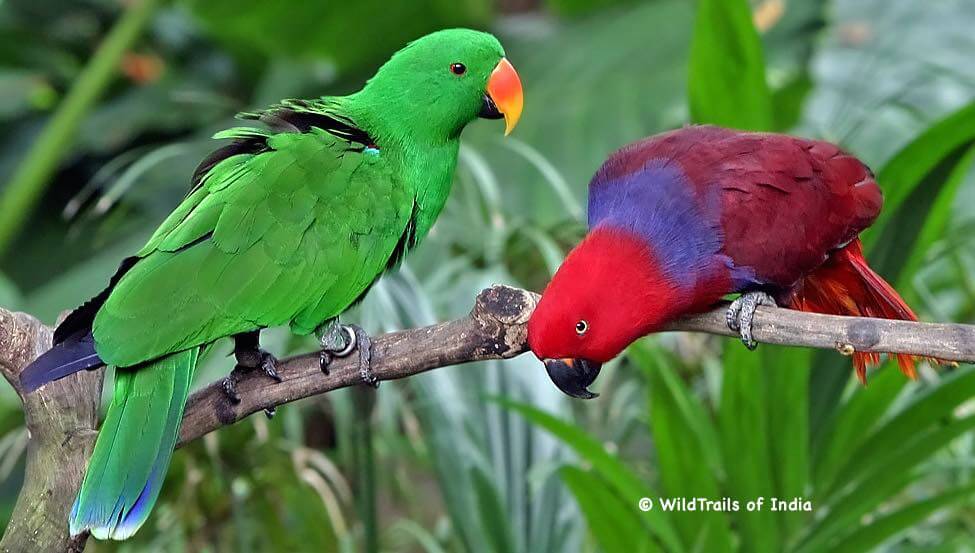
Kumarakom Bird Sanctuary (also known as Vembanad Bird Sanctuary) is situated at Kumarakom in Kottayam district in the Indian state of Kerala, on the banks of Vembanad Lake. Set in the Kerala Backwaters the bird sanctuary is a favourite haunt of migratory birds. Developed in a rubber plantation as a bird sanctuary by an Englishman, the sanctuary was formerly known as Baker’s Estate. Currently, the bird sanctuary is managed by Kerala Tourism Development Corporation. The sanctuary is spread over 14 acres (5.7 ha) on the southern bank of the Kavanar River.There is a system of paths for moving around within the sanctuary. Beyond the sanctuary, one can take a boat ride in Vembanad Lake or along the Kavanar River. Kumarakom is 14 kilometres (8.7 mi) from Kottayam. State Highway No. 1 leads to Kochi and Thiruvanthapuram in opposite directions. Kochi International Airport at Nedumbassery is 106 km (66 mi) from Kumarakom. Neighbouring areas such as Kaipuzha Muttu, Pathirmanal, Narakathara, Thollairam Kayal, and Poothanpandi Kayal are also good locations for spotting birds.
Thattekkad Bird Sanctuary (Salim Ali Bird Sanctuary)
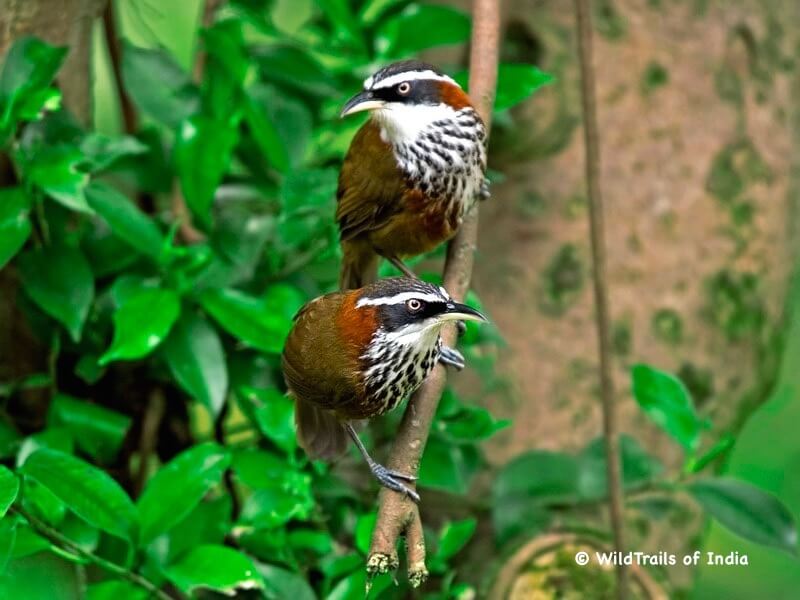
The Thattekkad Bird Sanctuary, covering an area of barely 25 km2, and located about 12 km from Kothamangalam (Kerala state, India), was the first bird sanctuary in Kerala. Salim Ali, one of the best known ornithologist described this sanctuary as the richest bird habitat on peninsular India. Thattekkad literally means flat forest, and the region is an evergreen low-land forest located between the branches of Periyar River, the longest river in Kerala. The Thattekkad Bird Sanctuary has a rich and varied birdlife. Several species of birds, both forest birds as well as the water birds, visit the sanctuaries. Thattekkad is made up of tropical evergreen and deciduous forests and some grassland patches. This globally acclaimed bird sanctuary owes much of its fame to Dr. Salim Ali, the internationally renowned ornithologist. After his famous bird survey of Travancore in the early 1930s, he reported that this area is extremely rich in bird diversity and that it should be made into a bird sanctuary. Thus his efforts were instrumental in the formation of this sanctuary to a large extent. More than 300 species of birds are found here.
Spread across 25 sq. km. the sanctuary lies between the tributaries of the River Periyar like a peninsula. Birds like Srilankan Frogmouth, Racket tailed Drongo, Bronzed Drongo, White bellied Treepie, Shama, Yellow-browed Bulbul, Rufous Babbler, Malabar Parakeet, Whitebellied Blue Flycatcher, Malabar Grey Hornbill, are some of the birds that can be easily seen here. Thattekkad also has extensive plantations of teak, rosewood, mahogany. The dense forest is also home to nearly 28 species of mammals and about 9 species of reptiles.
Mangalavanam Bird Sanctuary
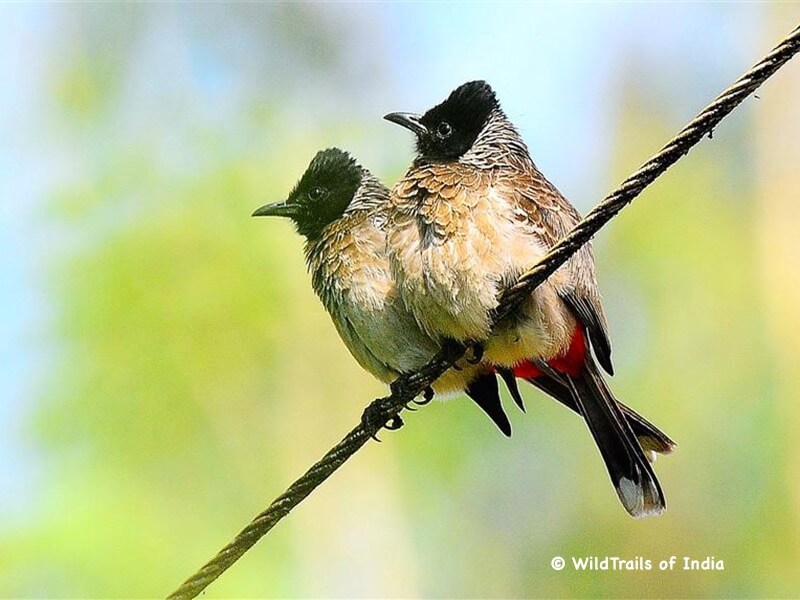
Mangalavanam Bird Sanctuary. Mangalavanam is an ecologically sensitive area situated at the centre of the Indian city of Kochi. It is situated behind the Kerala High Court building. It is a nesting ground for a large variety of migratory birds and supports many types of mangroves. The Managalavanam is often regarded as the “green lung of Kochi”, considering its role in keeping the city’s air pollution under check. The area is a roosting place for many kinds of resident and migratory birds. Mangalavanam is primarily a bird refuge.
A bird survey conducted in May 2006 found that there were 194 birds belonging to 32 species. The total number of bird species recorded so far from the area is 72. An incredible green spot with an extensive variety of life and that too amid a buzzing metro! Not ready to believe? Then visit Mangalavanam Bird Sanctuary, an ecologically sensitive area situated at the centre of Kochi behind the Kerala High Court building fittingly dubbed as the ‘green lung of Kochi’. Primarily a bird refuge, the innate appeal of Mangalavanam is augmented by the Arabian Sea which borders the sanctuary and adds to it a panoramic ambiance.
Mangalavanam, a nesting ground for a large variety of migratory birds, is a paradise for birdwatchers and twitchers. This green paradise is also a roosting place for resident as well as migratory birds. A survey conducted in 2006 revealed that there were 194 birds belonging to 32 species, in Mangalavanam.
Thickly imbedded with a variety of trees and plants, including teak, the sanctuary enjoys a cool temperature. Mangalavanam also supports many types of mangroves. Amid the thick greenery of Mangalavanam cascades a shallow tidal lake bordered with thick mangrove vegetation. The lake is connected to the Cochin backwaters by a canal. And down under the silent depth of this water lives seven species of fishes Anabas testudineus, Striped panchax, Orange chromide, Etroplus suratensis, Malabar swamp eel, Blackline rasbora and Sarotherodon. In the fresh air of Mangalavanam flies 17 species of butterflies, the little beauties that bedeck the sanctuary with multitudes of hues. The best time to visit the sanctuary are the early summer months, especially from mid-January to early-March.
Kadalundi Bird Sanctuary

The Kadalundi Bird Sanctuary lies in the Malappuram District of the state of Kerala in India. It spreads over a cluster of islands where the Kadalundipuzha River flows into the Arabian Sea. The Sanctuary hill is around 200 m above sea level. It is 19 km from Kozhikode city centre. The nearest airport is Karipur International Airport, Kozhikode. Over a hundred species of native birds have been recorded in the sanctuary, including about 60 species of migratory birds which visit seasonally; these include terns, gulls, herons, sandpipers and cormorants. Notable species are whimbrels and brahminy kites.
The sanctuary is well known for a wide variety of fish, mussels and crabs. Kadalundi Bird Sanctuary provides shelter and ideal conditions to a number of migratory birds. These birds include Terns, Gulls, Herons, Sandpipers and Cormorants, which arrive on this sanctuary in the month of November and return to their respective regions by the end of April. Some other important bird species in the sanctuary are Whimbrels and Brahminy Kites.
Apart from birds, there is considerable population of different varieties of fish, mussels and crabs in the sanctuary. The sight of thousands of colorful birds flocking to a region of 2 sq. km offer a rare and captivating moment for the visitors. There are boat facilities available for tourists to enjoy the breathtaking beauty of the lush green plantation and bird population of this sanctuary. These boats provides a great way to see turtles found here. The best season to visit this sanctuary is from December to April, since it is the season for migratory birds to stay in this wildlife sanctuary.
[Below of them are not really bird sanctuaries but you will not miss them as you get amazing bird sightings as well as they house a lot of bird species both native & migratory]
Chimmini Wildlife Sanctuary (Chimmony Wildlife Sanctuary)
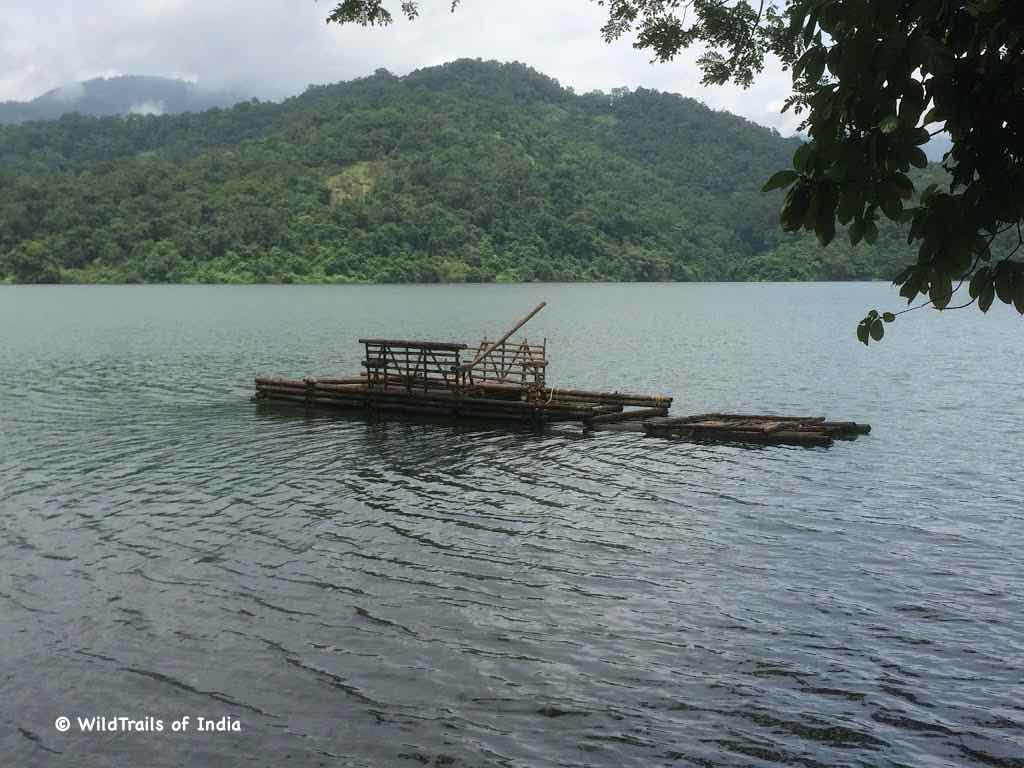
The dense tropical forests of Chimmini, shelter diverse flora and fauna. The dam across the Chimmini river offers a breathtaking view. This picturesque picnic spot is a favorite haunt of the local people. Located in the Mukundapuram Taluk of Thrissur district, Chimmini is only a tow-hour drive from Kochi. The Chimmini Wildlife Sanctuary which was established in 1984, lies contiguous with the Peechi – Vazhani sanctuary. The sanctuary is endowed with scenic beauty beyond compare. Living here in joyful abandon are elephants, sambars, gaurs, Malabar squirrels, sloth bears etc.
Chimmony wildlife sanctuary located in the Western Ghats, is one of the world’s 25 bio-diversity hot-spots, the haven of innumerable species of endangered plants and animals. (Mammals 39 Species, Birds 160 Species, Reptiles – 25, Amphibians – 14 & Fish – 31). The total area of this wild life sanctuary considered as a global mega-diversity zone comprising several local species of living organisms and virgin forests come to around 85.067 sq km inclusive of the Chimmeney Lake.
Set up in 1984, this sanctuary forms part of the Mukundapuram Taluk of Thrissur District’. The distance is 60 km from the Kochi International Airport and 36 km from Thrissur town. It comes under the Peechi Wild Life Division. The forest department organises trekking and bamboo rafting programmes in and around the sanctuary. But the best of all experiences is the Moonlight Sonata, which involves rafting on full moon lights.
To get the detailed info of the place, best season & time to visit, how to get there, safari / boating/ trekking details, list of animals/birds you can expect to see there , entry/camera fees, and of course all of the accommodations nearby, please download the app or send us an inquiry:
Neyyar Wildlife Sanctuary
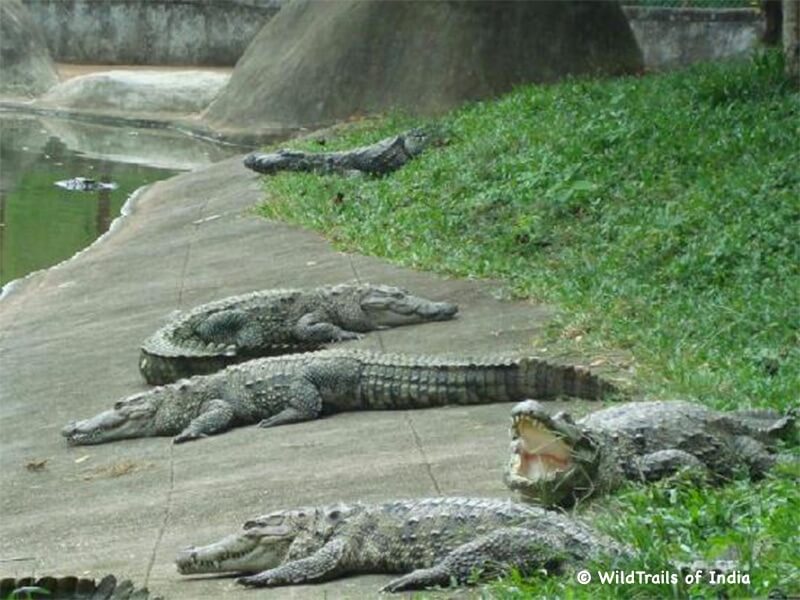
The Neyyar Wildlife Sanctuary in the southern state of Kerala in India is spread over the southeast corner of the Western Ghats, and covers a total area of 128 km2 (49 sq mi). Although it was declared as a sanctuary in 1958, not much was done about wildlife conservation, until 1985, when a separate wildlife wing was set up and as a result, conservation efforts have gathered momentum. A repository of some of the rarest medicinal herbs, the Neyyar Dam located about 32 km from Thiruvananthapuram, is a popular picnic spot with a lake and a picturesque dam site. The lake formed by the dam across the Neyyar River is the bluest of blue, making boating irresistible for tourists.
The Neyyar Wildlife Sanctuary of which the dam is a part is the habitat of over a hundred species of fauna including Asian Elephant, Tiger, Leopard, Slender Loris and reptiles like King Cobra, Travancore Tortoise, etc. A crocodile breeding centre and a lion safari park are also located in the dam site. There are 39 species of mammals, including Tiger, Leopard, Sloth bear, Elephant, Sambar, Barking deer, Bonnet macaque, Nilgiri Langur and Nilgiri tahr. 176 species of birds, 30 species of reptiles, 17 species of amphibians and 40 species of fishes are reported from the sanctuary
Karimpuzha National Park (New Amarambalam Wildlife Sanctuary)
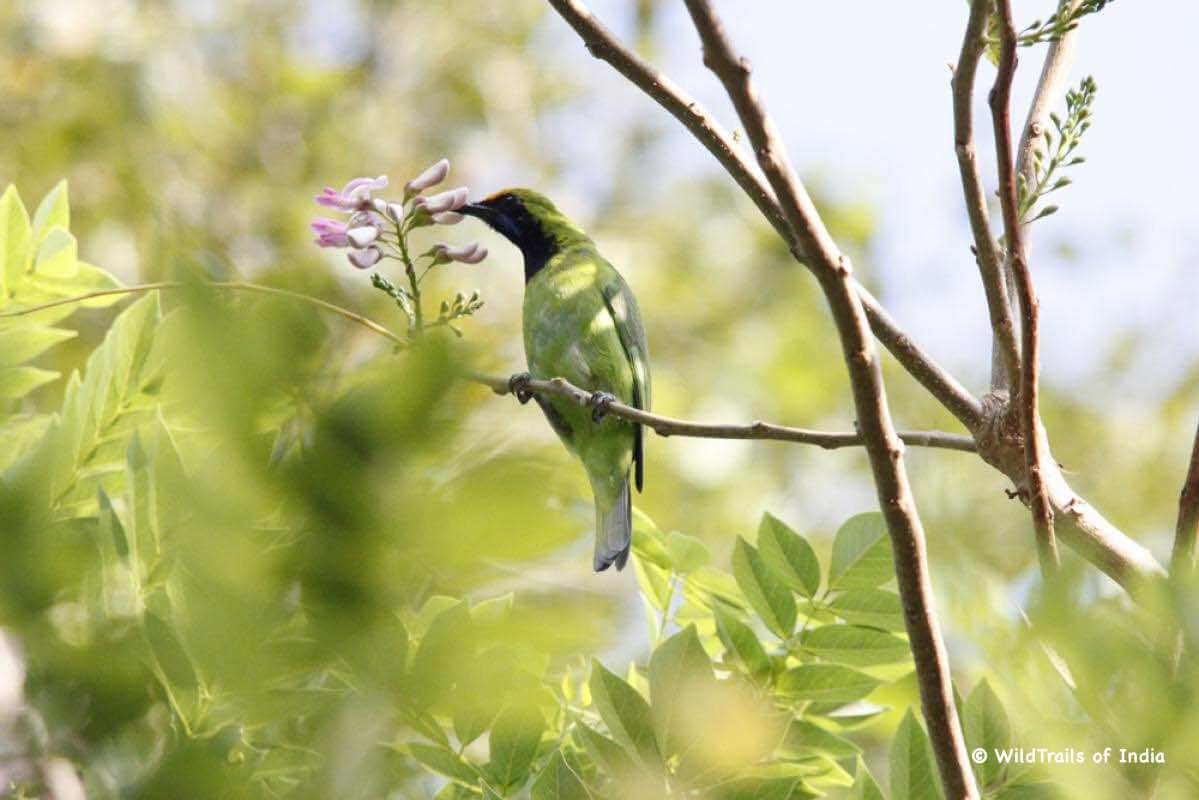
Karimpuzha National Park is a 230 km² proposed National Park located in the Nilgiri Hills, Palakkad district and Nilgiris district, Kerala and Tamil Nadu, in South India. Along with Mukhurti National Park and Karimpuzha National Park, Silent Valley National Park forms the core of Nilgiri Biosphere Reserve. This park is explored in 1847 by Robert Wight, the park remains one of the last uninterrupted territories of south Western Ghats montane rainforests and tropical moist evergreen forests in the country.
This national park has over 858 species of fauna that includes 34 species of animals and about 500 species of butterflies and moths. It is also an excellent location for birdwatchers as the park is home to over 292 species of birds that include Nilgiri wood pigeon, blue winged parakeet, grey headed bulbul, white bellied blue flycatcher, broad tailed grass wabler, Nilgiri pipit, etc. The state is taking care to make these national parks as great place to view animals and natural beauties and other botanical species. The lion tailed macaque is the most popular attraction in Silent Valley National Park. Nilgiri langur, mouse deer, gaur, fishing cat, stripe necked mongoose, panther, etc. are some of the other exotic wildlife species found in the park.
Mathikettan Shola National Park
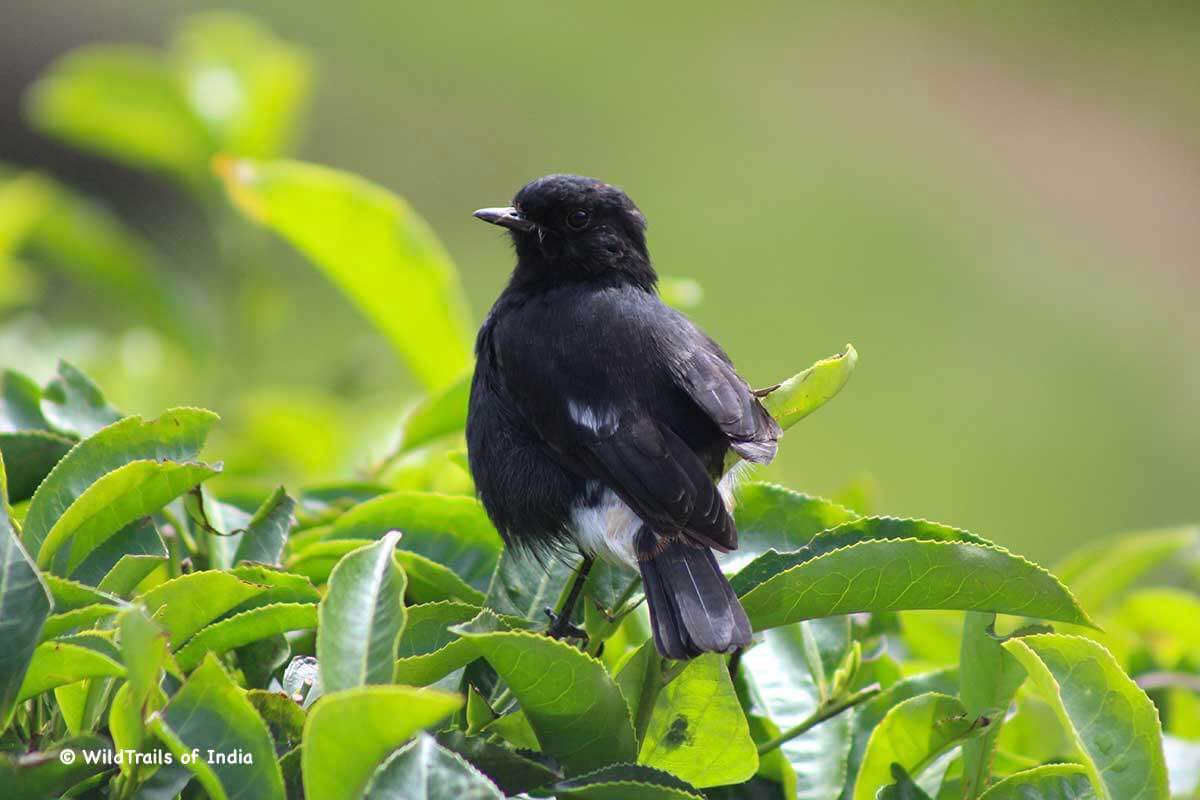
Mathikettan Shola National Park is a 12.82 km² national park in Poopara village of Udumbanchola taluk in Idukki district of Kerala state, South India.It notified area national park in November 2008.The name Mathikettan derives from the Tamil word literally meaning ‘mind confuser’, as the local people say that one forgets the path once he enters into the park.It notified as a national park to protect the wildlife and rich biodiversity of the area.The shola forest in the area is bestowed with unit with geological founal and floral and geomorphological wealth.
The Mathikettan Shola National Park attracts large numbers of adventure seekers with its trails that run through the forests providing amazing views of the region. Watching birds and wildlife in their natural habitat is a popular attraction among trekkers in the national park. A haven for wildlife photographers, they visit the national park and stay for long periods to capture the animals in their natural habitat. The forest is home to beautiful and rare animals like tigers, panthers, wild elephants, giant grizzled squirrel, flying squirrels, spotted deer and Nilgiri tahrs. The park abounds in snakes such asking cobras, pythons, vipers and rat snakes, turtles, crocodiles and lizards. Make sure you wear the appropriate clothing and footwear to safeguard yourself from bites of any kind.
Anamudi Shola National Park
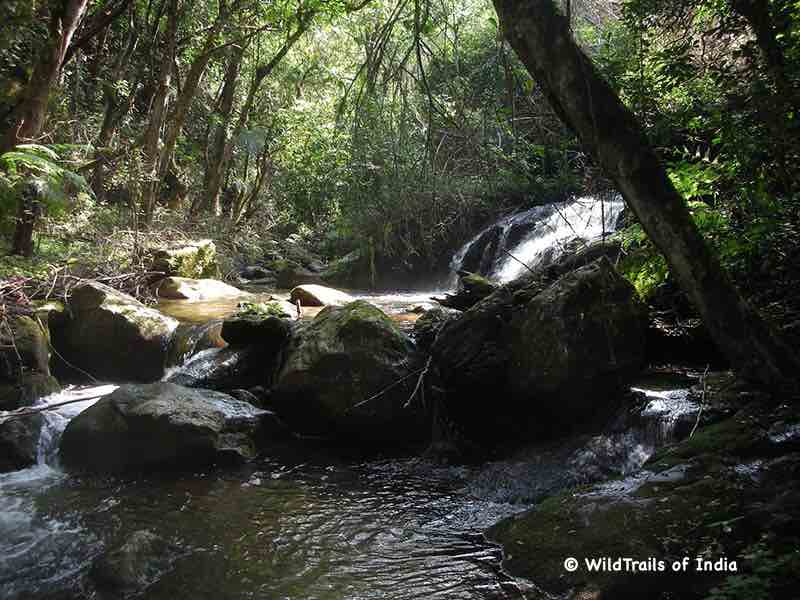
Anamudi Shola National Park is a protected area located along the Western Ghats in Idukki District, Kerala state, South India. It is composed of Mannavan shola, Idivara shola and Pullardi shola, covering a total area of around 7.5 km². Draft notification of this new park was released on Nov 21, 2003. The park is administered by the Kerala Department of Forests and Wildlife, Munnar Wildlife Division, together with the nearby Mathikettan Shola National Park, Eravikulam National Park, Pambadum Shola National Park, Chinnar Wildlife Sanctuary and the Kurinjimala Sanctuary.
Anamudi Shola National Park provides valuable wildlife habitat connectivity between Mathikettan Shola National Park, Eravikulam National Park, Pambadum Shola National Park, Chinnar Wildlife Sanctuary and the Kurinjimala Sanctuary, all of which surround this protected area. This national park forms part of the Anamalai sub-cluster, which was recently nominated for consideration for World Heritage Site status under UNESCO’s World Heritage Programme.
It is located very close to the Munnar hill station (40 km). The National Park is accessible from Kochi (160 km) and Coimbatore (150 km). The nearest railway station is at Aluva (150 km) in Kerala and Pollachi (100 km) in Tamil Nadu. The nearest town is at Munnar. 62 species of trees, 174 species of herbs and shrubs and 39 species of climbers are recorded from here. Among fauna, 100 species of butterflies and 232 species of moths belonging to 36 different families are recorded from here. 76 species of birds are also recorded from here. Tiger, Elephant, Gaur, Leopard, Sambar deer, Wild boar, Nilgiri langur and Giant squirrel are the common mammals seen here.
Pambadum Shola National Park
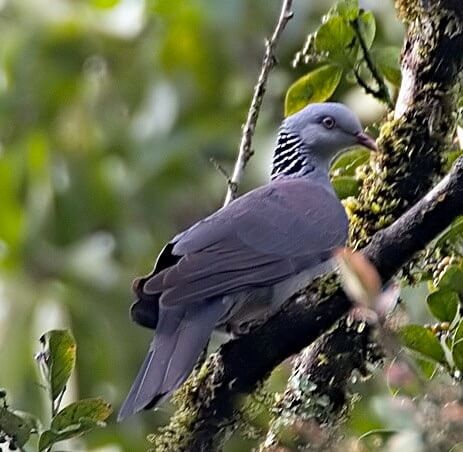

Pampadum Shola National Park is the smallest national park in Kerala state, South India. The park is administered by the Kerala Department of Forests and Wildlife, Munnar Wildlife Division, together with the nearby Mathikettan Shola National Park, Eravikulam National Park, Anamudi Shola National Park, Chinnar Wildlife Sanctuary and the Kurinjimala Sanctuary. The park adjoins the Allinagaram Reserved Forest within the proposed Palani Hills Wildlife Sanctuary and National Park.
The name´”Pampadum Shola” means, “the forest where the snake dances”, derived from three Tamil words, “paamp”, which means “snake”; “aattam”, means “dance”; and “cholai”, means “forest”. “Shola” may be considered as a mis-speller of “cholai”. The keystone species here is the highly elusive and endangered, endemic small carnivore – the Nilgiri marten. Leopards and Indian wild dogs are sometimes sighted at dusk or dawn, tigers are an important animal of the park. The Old Kodaikanal–Munnar Road nearby is closed due to the growing population of wildlife such as elephants, buffaloes gaur and Nilgiri langurs. Some notable birds found here include the Nilgiri wood-pigeon, white-bellied shortwing, vernal hanging parrot, blue rock-thrush, blue-capped rock-thrush and Nilgiri flycatcher, and black-and-orange flycatchers. 35 km away from the Munnar town in Idukki district, another prominent hill station in Kerala the Pambadum Shola is located in the eastern part of Southern Western Ghats of Kerala on the way to Vattavada. The region with its captivating beauty is fast becoming a favourite eco-tourism destination in Kerala. The green meadows, clear blue sky, clean air and the thick foliage are something irresistible for any tourist. Eco-tourism activities here are organized jointly by the Department of Forest and Eco-development Committees comprising members of the local tribal communities. This guarantees an authentic, secure and intimate experience of wilderness to the visitors.
To get the detailed info of the place, best season & time to visit, how to get there, safari / boating/ trekking details, list of animals/birds you can expect to see there , entry/camera fees, and of course all of the accommodations nearby, please download the app or send us an inquiry:
————————————–
WildTrails of India – “One Stop Destination for all Indian Wildlife Enthusiasts“
PS: Please be a responsible wildlife tourist; No littering, No sounds, No feeding, no getting down from the safari jeep (when on safari), No phone calls. Remember that we are visiting their home and when we are there, let’s follow their rules.
[The WildTrails of India is the best way to get all the details about Indian wildlife sanctuaries (best travel times, safari details, animal sightings, forest accommodations pairing, wildlife related activities, prices, etc). Learn more about WildTrails of India here. ios App is here. Android and Web is on the way ]
To get the detailed info of the place, best season & time to visit, how to get there, safari / boating/ trekking details, list of animals/birds you can expect to see there , entry/camera fees, and of course all of the accommodations nearby, please download the app; Web booking is on the way too.


With 4 years of Sightings data + Extensive expert tracker network in jungles, our customers had the best wildlife experiences.
Buy Wildlife Fashion Accessories
Exclusive Online Store for wildlife products
Packages
Packages Loading...
Recent Posts







